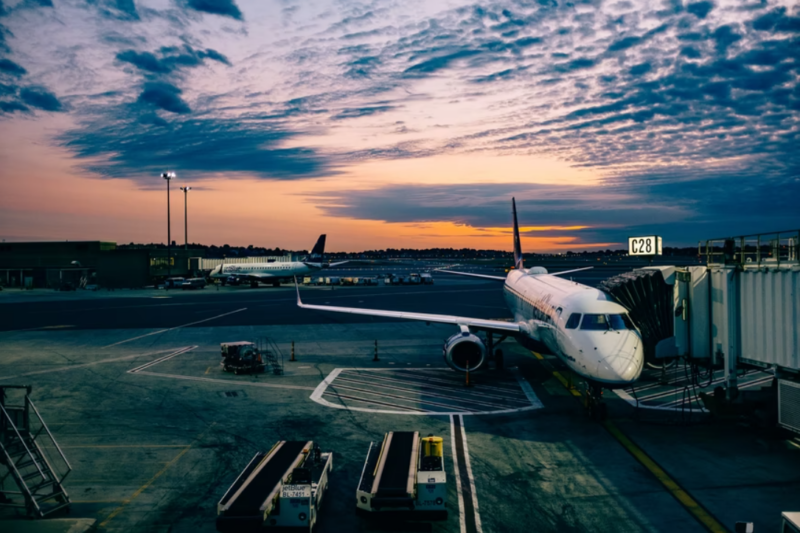Solution provider

SAS offers transport for passengers and cargo in a route network system. On the ground SAS performs technical activities, station services and cargo business.
Case
Bioenergy
Biomass


SAS offers transport for passengers and cargo in a route network system. On the ground SAS performs technical activities, station services and cargo business.
Add the case to your visit request and let us know that you are interested in visiting Denmark
Globally, aviation is responsible for between 2-3 per cent of the world’s CO2 emissions. As improved economic livelihoods swell the ranks of the middle classes, passenger traffic is only expected to grow. While other industries are managing to decarbonise rapidly, achieving this feat in the aviation sector is considered more complex and therefore the sector’s emissions are projected to double by 2050 (compared to 2019 levels), meaning they could potentially be responsible for one-fifth of all global emissions.
The sector currently faces several barriers to reaching net zero, including the high cost of sustainable aviation fuels, a reluctance on behalf of the consumer to absorb these costs and the fact that aviation is not a focus of international climate initiatives – for example, it is excluded from the Paris Agreement.
Therefore, given that aviation does not currently face external pressures to decarbonise, the challenge is how can airline companies contribute to making aviation more sustainable?
Recognising this challenge, the Scandinavian airline company SAS has established a number of targets in order to make air travel more sustainable. Chief of these is the ambition to reduce SAS’ CO2 emissions by 25 per cent (compared to 2005 levels). A key tool with which to fulfil these targets is SAS’ modernisation programme, where ageing aircraft are gradually replaced with planes that have lower fuel consumption, thus ensuring that SAS will have one of Europe’s most efficient fleets. In existing aircraft, furnishings are being replaced in order to reduce the plane’s weight and thereby reduce fuel consumption. SAS has also entered into a partnership with the aircraft manufacturer Airbus in order to pave the way for the large-scale use of electric and hybrid technology in commercial aircraft, which will also help reduce emissions.
Expanding the usage of sustainable aviation fuels is also another way SAS intends to use to accelerate the decarbonisation process. SAS is involved in several collaborations to promote the large-scale, commercial production of biofuel in Scandinavia. Consumers have the choice to purchase biofuels corresponding to 20-minute blocks of flight time for one passenger.
In 2020, SAS’ CO2 emissions decreased by 57.2 per cent year-on-year. While a key factor behind this figure was undoubtedly the reduced air traffic as a result of the global pandemic, COVID-19, but quickening the pace of deliveries of new aircraft, with 15-30 per cent lower fuel consumption than the previous models, also had an effect.
By 2025, SAS expects to have reduced its total CO2 emissions by 25 per cent (compared to 2005 levels). One measure in place that will help achieve this reduction is the removal of the possibility to purchase tax-free goods during flights, which reduces the plane’s weight and overall fuel consumption, thereby ultimately reducing CO2 emissions. In 2020, the airline consumed approximately 670 tonnes of biofuel. As sustainable fuels develop, it is expected that all SAS domestic flights within Scandinavia will be powered by biofuels by 2030, thus reducing emissions in line with targets.